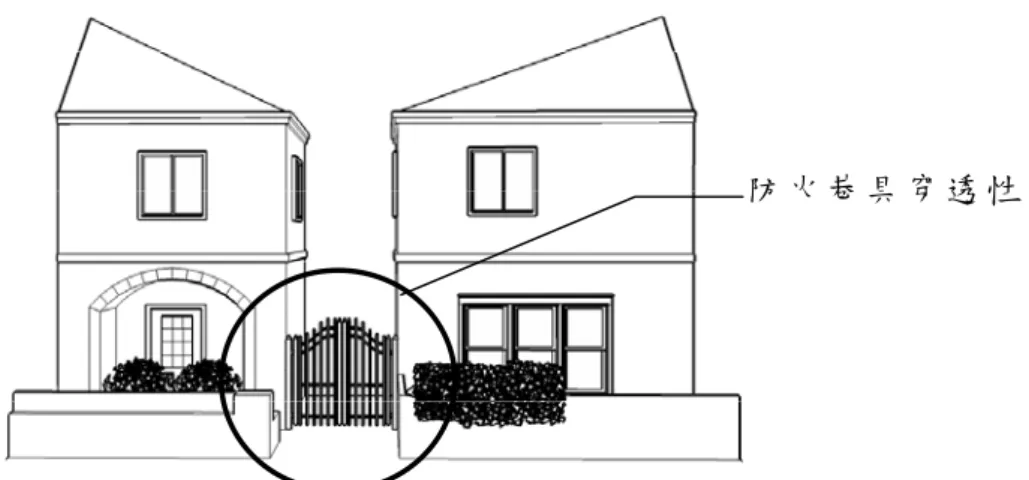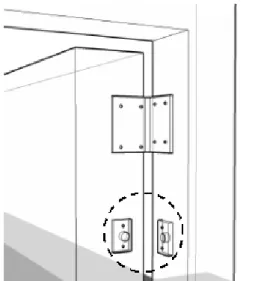集合住宅社區共用空間安全防範設施設置方法研究
全文
數據


![圖 3-3-2、住宅社區侵入型犯罪特性 資料來源:本研究研擬 Type. 1 住宅社區侵入型犯罪 定義:以未傷及人身安全之財產性犯罪為主 ,例如一般竊盜 、汽車竊盜及毀棄損壞 。 觀察住宅社區環境弱點、 居住者是誰?紀錄作息, 進行犯罪動線規劃 犯罪決策形成(預備期) (目標期) 鎖定特定目標:住宅內財物 (等待期) 排除人的活動時段,等待時機 第一層警戒線 私人空間 第一層警戒線 犯罪行為侵入住宅竊取財物 迅速逃逸犯罪路徑 [課題] 私人住宅出入口及邊界防範](https://thumb-ap.123doks.com/thumbv2/9libinfo/8905044.258952/41.1263.120.1034.242.839/預備目標期鎖定特定目標住宅內財等待排除活動時段等待一層防範.webp)

Outline
相關文件
◦ 金屬介電層 (inter-metal dielectric, IMD) 是介於兩 個金屬層中間,就像兩個導電的金屬或是兩條鄰 近的金屬線之間的絕緣薄膜,並以階梯覆蓋 (step
Inside the black box: Raising standards through classroom assessment.. Ministry of Education
Due to the increase in the rent of housing, rising prices in interior decoration, summer clothing and footwear, and fresh vegetables, the indices of Rent and housing expenses,
In order to solve the problem of the tough recruitment of students in the future, universities and colleges, in addition to passing the relevant assessment conducted by the
Therefore this research was analyzed the budget information of the Ministry of Transportation and Communications (including 13 departments) the major construction
導引指示標誌設置規範可區分為牌面數限制、設置範圍、人因工程等三方
祭拜結束之後會在神 龕前之餐廳空間用 餐,造成餐廳和用餐行
According to the research of indoor air quality conducted by National Institute for Occupational Safety and Health, NIOSH, 53% of the problem of indoor air quality is resulted





